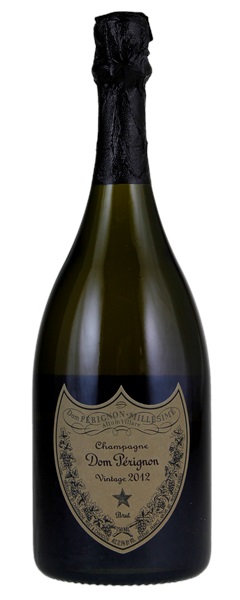Estimate

...dense, powerful wine. I am almost shocked by its vinous intensity and raw, unbridled power.
...notes of Anjou pear, smoke, toasted nuts, freshly baked bread and crisp stone fruit. Medium to full-bodied, deep and concentrated, it's still tightly wound, its incipiently fleshy core of fruit framed by racy acids and chalky grip, complemented by a classy pinpoint mousse.
...waft of Mandarin orange on the nose that continues on the palate, which is layered with flavors of crushed blackberry and cassis, toast, chopped almond, graphite and oyster shell. A bright, finely-knit and harmonious version, with a lovely, raw silk-like mousse, and a lasting, expressive finish.
Classic lemon-zest and tension nose... Clean and neat and with light smokiness on the finish... Hugely impressive persistence.